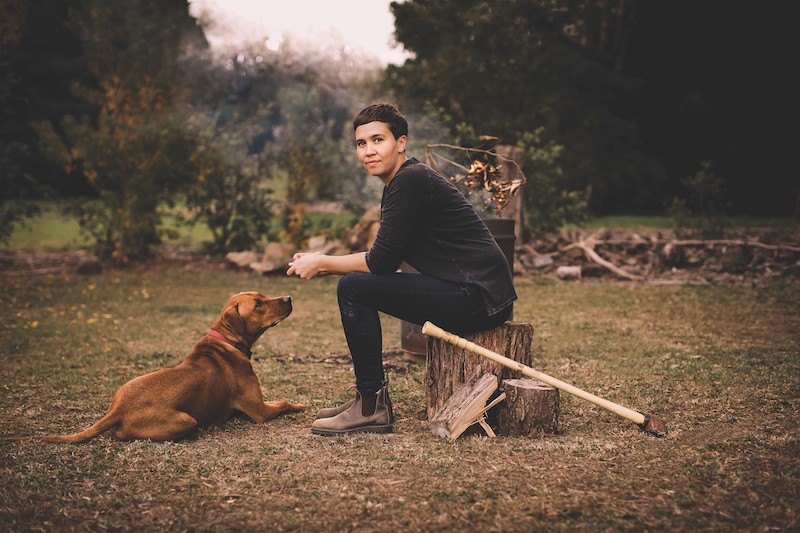Yasmin Smith: Ashes to Ashes
Yasmin Smith’s site-specific ceramic installations reveal the history, ecology and culture of place.
Words: Rachel Tolosa Paz
Photography: Jacquie Manning
WHEN IT COMES to the work of Sydney-born artist Yasmin Smith, process is paramount. The artist has developed a highly rigorous and forensic approach to her ceramics practice, which she uses to investigate the world around her. Her major exhibitions over the past four years – including her most recent large-scale and public-participatory installation Drowned River Valley (2018) at Cockatoo Island as part of the 21st Biennale of Sydney – are complex, site-specific explorations of the Australian landscape that reveal the history, ecology, geology and culture of place.
After graduating from Sydney College of the Arts in 2010 with a Master of Fine Arts and participating in the excavation of an archaeological site in Spain, Smith feels that the turning point in her practice came in 2014 when working with the Hermannsburg Potters in Ntaria in the Northern Territory. “I was living in a house in Ntaria that was surrounded by a fence that had all of these branches stuck to it,” she tells me. “Formally, I saw that fence in the landscape and I wanted to appreciate the object for what it was. And I started thinking about how I could use the materials themselves, rather than just try and reproduce it.”
The outcome, Ntaria Fence (2015), was a sculptural installation shown as part of a solo exhibition of the same name at The Commercial in Chippendale, Sydney, where Smith has been represented since 2012. Smith’s individually cast branches were attached to a makeshift wire fence, reflecting the original object in a new way. The branches were glazed with ash collected from local Ntaria fireplaces and cooking spaces using a wood-ash glazing technique the artist continues to refine today.
This wood-ash glazing provides Smith with a way to investigate the history of place: the ash determines the colour of the glaze, revealing a given environment’s past narratives. In Smith’s installation, Open Vase Central Leader Widow Maker (2017) – her Sidney Myer Fund Australian Ceramic Award finalist work exhibited at Shepparton Art Museum – Smith cast 100-year-old pear branches from a local orchard. “The glaze turned out to be very green and that came from the copper fungicidal sprays and copper oxide sprays that were used up until the 1970s to make the pears turn brown,” says Smith.
In her Biennale installation Drowned River Valley – an iteration of which will exhibit at The Commercial in June/July – Smith again utilised the wood-ash glazing technique to expose the contained history of locally gathered timbers on Cockatoo Island. The work also had a participatory element: as Cockatoo Island marks the tidal exchange between the salt waters of Sydney Harbour and the fresh waters of the Parramatta River, Smith wanted to explore the performative nature of salt-harvesting collectives in early colonial history. She built a salt kiln on site to fire pinch pots made by the Biennale visitors. “Having the public as the labour is beneficial for me as an artist,” Smith explains. “People get to engage with the work, and it allows me to provide them with a direct explanation of the glazing techniques and the materials involved. This in turn gives them an insight into their environment.”
The finished salt-glazed vessels and the stake-like, ash-glazed casts of mangrove and wharf were laid minimally alongside one another in a sparse, spatially generous wood-drying shed on the Island. “I wanted to give the pieces a lot of space,” says Smith. “There is so much inside the material that to add any more subjectivity would just overload the work.”
Exhibiting within the limits of the gallery space later this month, Smith will arrange the 276 pinch pots within a towering metal stack. The cast sleepers and mangroves will be wall-mounted, providing audiences with an intimate, vertical view of the deep connections and stories Smith contains in her ceramic processes; and collectors with an opportunity to acquire their own piece of this incredibly complex, multi-layered undertaking that epitomises Smith’s practice.
This article was originally published in Art Collector issue 85, JUL–SEPT 2018.









